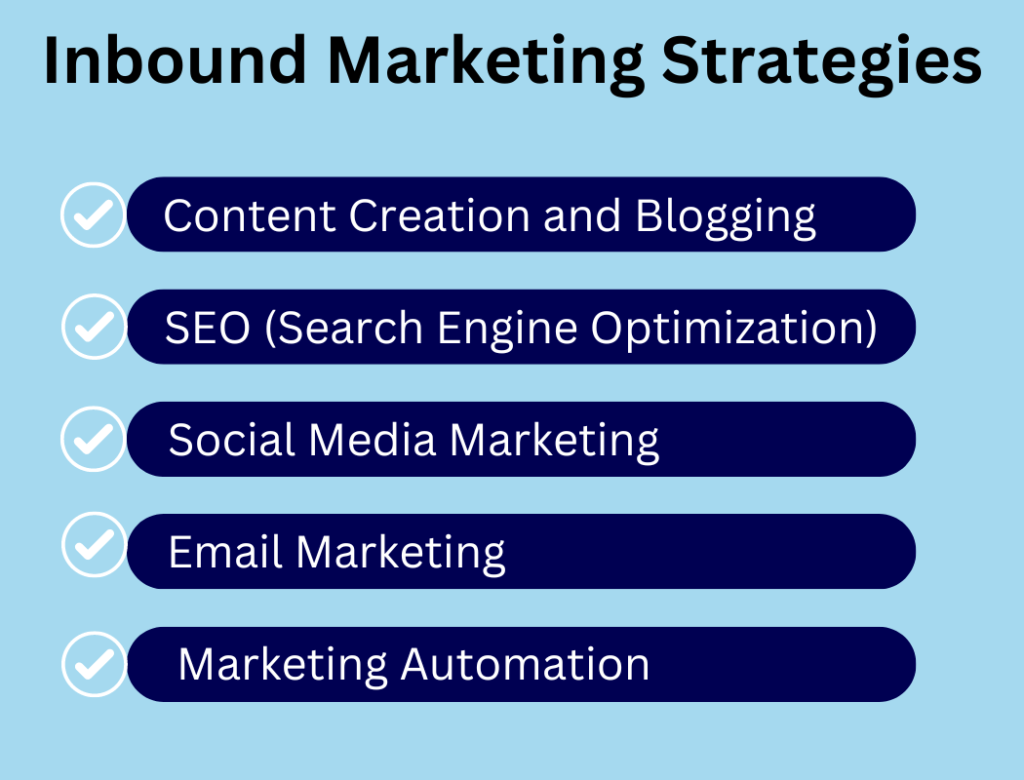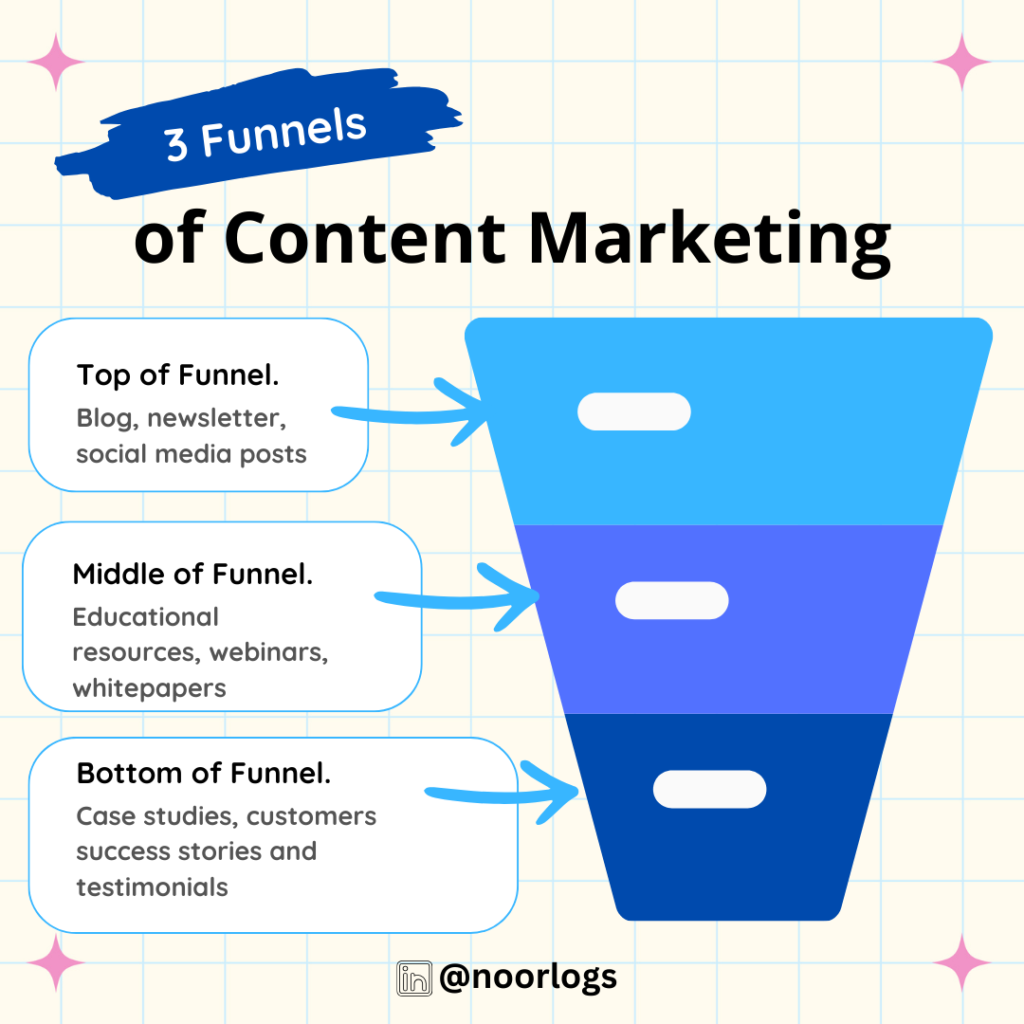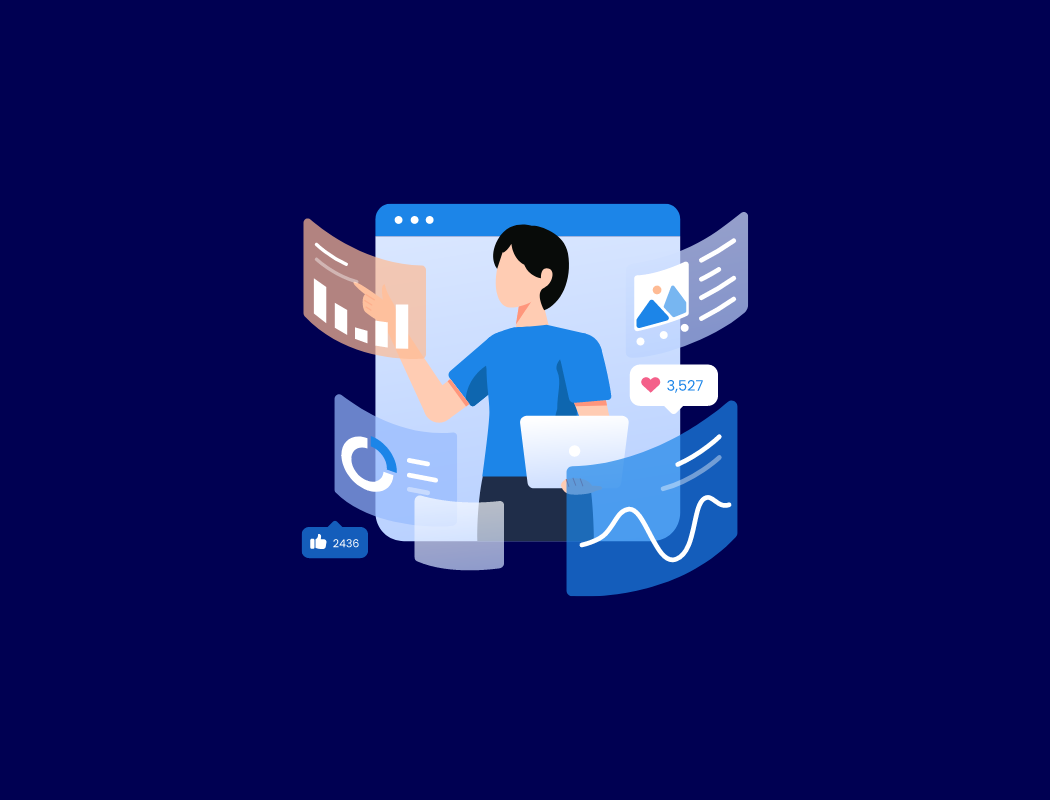How to Improve Inbound Marketing for SaaS Platform?
Imagine a world where your perfect customers seek you out, eager to learn about your offerings. No more cold calls, no more disruptive ads—just a steady flow of interested leads coming to you. This is the power of inbound marketing.
But in today’s competitive digital world, standing out is tough. Businesses face a constant stream of new technologies, algorithm changes, and evolving customer behavior, making a consistent inbound strategy a challenge. Creating engaging content, optimizing for search engines, and keeping up with social media and automation trends can be overwhelming. Without a clear plan, these challenges lead to wasted time and missed chances.
That’s where a well-planned inbound marketing strategy is essential. In this post, we’ll explore strategies and techniques to overcome these challenges and build a sustainable framework for growth. Let’s transform your inbound marketing and achieve lasting results.
Key Inbound Marketing Strategies
Lets explore the basic strategies behind successful inbound marketing techniques – the ones you need to attract, engage, and convert potential customers.
Content Creation and Blogging
Content marketing is the core of inbound marketing. By creating high-quality, relevant content, you attract your target audience and provide valuable information at every stage of their journey. Blogging is particularly effective, according to a study companies that blog regularly generate 67% more leads than those that don’t.
- Why It Matters: Blogs bring traffic to your website, boost SEO, and establish your brand as an authority. Companies that blog get more leads and are more likely to see a positive ROI.
- How to Implement: Identify what your audience struggles with and is interested in, then create content that addresses those topics. Use keyword research to optimize for search engines. Be consistent – update your blog regularly.
SEO (Search Engine Optimization)
SEO for inbound marketing is vital because it affects how visible your content is. Optimizing for search engines increases the chances of your target audience finding you organically. According to Forbes SEO has an average conversion rate of 14.6%, compared to 1.7% for traditional outbound methods like direct mail or print advertising.
- Why It Matters: SEO is a cost-effective inbound marketing technique. Businesses investing in SEO see a much higher conversion rate compared to traditional outbound methods.
- How to Implement: Focus on both on-page (optimizing tags, headings, and content) and off-page SEO (building quality backlinks). Audit your website regularly, update content, and use tools like Google Analytics.
Read More: How to improve SEO for SaaS Companies?
Social Media Marketing
Social media is powerful for sharing content and engaging with your audience in real-time. A strong presence helps humanize your brand, build customer loyalty, and drive traffic to your website. 71% of consumers who have a positive experience with a brand on social media are likely to recommend it to others.
- Why It Matters: Social media is key for engagement. Brands that engage on social media see higher customer loyalty.
- How to Implement: Identify where your audience spends time and focus your efforts there. Share valuable content, interact with followers, and use tools to monitor conversations. Include visuals. Analyze your metrics regularly.
Email Marketing
Email marketing remains one of the best ways to nurture leads and maintain relationships. Personalized content sent directly to inboxes keeps people engaged and moves them towards a purchase.
Email marketing offers a high ROI, with businesses earning an average of $36 for every $1 spent.
- Why It Matters: Email offers a high ROI. It allows for personalized communication, which boosts engagement and retention.
- How to Implement: Segment your list to send targeted messages. Use automation to send timely content. Ensure your emails are mobile-friendly and include clear calls to action.
Marketing Automation
Marketing automation streamlines your efforts by automating repetitive tasks like email campaigns and social media posts. This frees you up to focus on strategy while ensuring consistent communication.
- Why It Matters: Automation can boost inbound marketing effectiveness. It helps scale efforts, improve engagement, and drive conversions without more manual work.
- How to Implement: Choose a platform that integrates with your tools and supports your needs. Use automation to segment, deliver personalized content, and track interactions. Review your workflows regularly.

The Importance of the Content Funnel for SaaS Platforms
For SaaS businesses, the content funnel is a vital strategy. It guides potential customers on a journey, from first learning about you to choosing your product. Each step of this journey needs specific types of content to truly engage and inform.
Top of the Funnel (Awareness): Here’s where people discover your brand. Think blog posts, eBooks, or infographics. These raise awareness of a problem without a hard sell. It’s about education and building trust.
Middle of the Funnel (Consideration): Now, people are actively looking for solutions. Webinars, case studies, or white papers show how your SaaS product solves specific issues.
Bottom of the Funnel (Decision): People are almost ready to buy. Free trials, demos, or comparison guides help seal the deal by highlighting your product’s advantages.
By matching your content to each funnel stage, people get the right info at the right time. This boosts your inbound marketing and helps your SaaS business grow.

Advanced Techniques to Boost Inbound Marketing
Once you’ve mastered the basics, these advanced techniques can significantly increase inbound marketing effectiveness.
Personalization and Targeting
Personalization means tailoring your marketing to each customer’s preferences and behavior. Personalized content creates a stronger connection with your audience, leading to more customer engagement and conversions. 80% of consumers are more likely to purchase from brands that offer personalized experiences.
- Why It Matters: Personalization makes inbound marketing much more effective. Customers are more likely to buy from brands that offer personalized experiences, and personalized emails get much higher transaction rates.
- How to Implement: Use data from customer interactions (like browsing history and purchases) to segment your audience and deliver personalized content. This works across email, website content, and social media. Tools like CRM systems and marketing automation help with this.
A/B Testing and Analytics
A/B testing compares two versions of something (webpage, email, etc.) to see which performs better. Regular testing helps you make data-driven decisions to optimize your marketing.
- Why It Matters: A/B testing improves inbound marketing by making your campaigns more effective. Companies that use it see a big increase in conversion rates.
- How to Implement: Identify key elements in your campaigns that can be tested (headlines, calls to action, etc.). Use A/B testing tools to create variations and track performance. Analyze the results to see what works best.
Utilizing AI and Machine Learning
Artificial Intelligence (AI) and Machine Learning (ML) are changing inbound marketing by enabling better data analysis and automation. These technologies help predict customer behavior, personalize content at scale, and optimize marketing in real-time.
A survey found that 61% of marketers cite AI as the most important aspect of their larger data strategy.
- Why It Matters: AI and ML are crucial for inbound marketing today. AI-driven campaigns improve targeting, reduce costs, and increase ROI.
- How to Implement: Use AI tools to analyze data and identify patterns in customer behavior. Use machine learning for tasks like content recommendations and customer segmentation. AI can also enhance chatbots for personalized customer service.
Interactive Content
Interactive content (quizzes, surveys, calculators, etc.) is more engaging than static content. It encourages participation, making users more likely to remember your brand and take action.
- Why It Matters: Interactive content gets more conversions than passive content. It also increases time spent on your site, which is good for SEO and lead generation.
- How to Implement: Add interactive elements to your existing content or create new interactive pieces. Quizzes and calculators can be powerful lead generation tools. Make sure it’s mobile-friendly and fits with your overall strategy.
Measuring the Success of Inbound Marketing
To know if your inbound marketing is working and getting better, you need to measure its success. This section explains how to track and improve your performance using key metrics, tools, and strategies.
Key Metrics and KPIs
Key Performance Indicators (KPIs) are measurable values that show how well your strategies are helping you reach your goals. Monitoring these helps you to optimize inbound marketing, see what’s working and what needs improvement.
- Why It Matters: Tracking KPIs keeps your marketing aligned with your goals. Businesses that measure their performance see a bigger return on investment (ROI) compared to those that don’t.
- How to Implement: Some important inbound marketing KPIs include:
- Website Traffic: Number of visitors, where they come from, and which pages they visit.
- Lead Generation: Number of leads from your inbound marketing (form submissions, downloads, inquiries).
- Conversion Rate: Percentage of visitors who take a desired action (purchase, sign-up).
- Customer Engagement: Metrics like time on site and social media interactions to see how engaged people are.
- Content Performance: How well your content is doing (page views, shares, comments, backlinks).
Tools for Tracking and Analytics
The right tools make tracking and analyzing your efforts easier and more effective. They give insights into audience behavior, content performance, and overall success.
Companies that use marketing analytics are 1.4 times more likely to achieve their goals.
- Why It Matters: Analytics tools boost effectiveness by providing actionable insights. Companies using them are more likely to reach their goals.
- How to Implement: Consider using tools like:
- Google Analytics: Tracks website traffic, user behavior, and conversions.
- HubSpot: All-in-one inbound marketing platform with tools for leads, email, SEO, and analytics.
- SEMrush: Tracks SEO performance, keyword rankings, and competition.
- Hootsuite: Manages social media and tracks engagement, post performance, and audience growth.
- Mailchimp: Email marketing tool with insights into open rates, clicks, and campaign performance.
Adjusting Strategies Based on Data
Measuring your efforts is valuable because you can use the data to make smart decisions. Analyzing and adjusting your strategies based on what you learn is key to improving your inbound marketing.
- Why It Matters: Data-driven decisions can lead to better productivity and profitability. Regular adjustments keep your marketing relevant and effective.
- How to Implement:
- Have regular meetings to analyze performance.
- Identify trends, successes, and areas for improvement.
- Use A/B testing, customer feedback, and analytics to refine your content, targeting, and engagement.
- Adjust your campaigns to respond to changes in audience behavior, the market, or your business goals.
FAQs
1. What is inbound marketing?
Inbound marketing is a strategy that attracts customers by creating valuable content and experiences tailored to their needs, rather than interrupting them with traditional advertising.
2. How can I improve my inbound marketing strategy?
You can improve your inbound marketing strategy by:
- Creating high-quality, relevant content that addresses your audience’s pain points.
- Optimizing your website and content for search engines (SEO) to improve visibility.
- Engaging with your audience on social media platforms.
- Utilizing email marketing to nurture leads and build relationships.
- Implementing marketing automation to streamline repetitive tasks.
- Personalizing your marketing efforts to individual customer preferences.
- Conducting A/B testing to optimize your campaigns.
- Utilizing AI and machine learning to analyze data and personalize content at scale.
- Incorporating interactive content to boost engagement.
3. What are the benefits of inbound marketing?
Inbound marketing offers several benefits, including:
- Increased brand awareness and visibility.
- Improved customer engagement and loyalty.
- Higher quality leads and conversions.
- Cost-effectiveness compared to traditional outbound marketing.
- Long-term customer relationships.
4. How does SEO impact inbound marketing?
SEO plays a crucial role in inbound marketing by:
- Increasing organic visibility of your content on search engine results pages.
- Driving targeted traffic to your website.
- Improving brand authority and credibility.
- Contributing to lead generation and conversions.
5. What are some effective inbound marketing techniques?
Some effective inbound marketing techniques include:
- Content marketing (blogging, videos, infographics).
- SEO (keyword research, on-page optimization, link building).
- Social media marketing (engaging content, community building).
- Email marketing (personalized campaigns, lead nurturing).
- Marketing automation (workflows, lead scoring).
- Personalization and targeting.
- A/B testing and analytics.
- AI and machine learning.
- Interactive content (quizzes, calculators).
Conclusion
Inbound marketing isn’t just about strategies – it’s a whole approach to connecting with your audience in a way that matters and lasts. By attracting customers with valuable content, using data to improve your marketing, and building a system that works with your business goals, you create a strong path for growth.
This article has covered the key strategies for inbound marketing success. By measuring your campaigns and constantly improving, you get the best possible results from your inbound marketing.
The main goal is to build relationships with your customers that last. By aligning your marketing with your business, getting your teams to work together, and staying adaptable, you build a marketing system that supports long-term success.
As you keep improving your inbound marketing, remember things are always changing. Stay informed, be flexible, and always keep your customers’ needs in mind. This will not only make your inbound marketing more effective but also help your business grow significantly.


